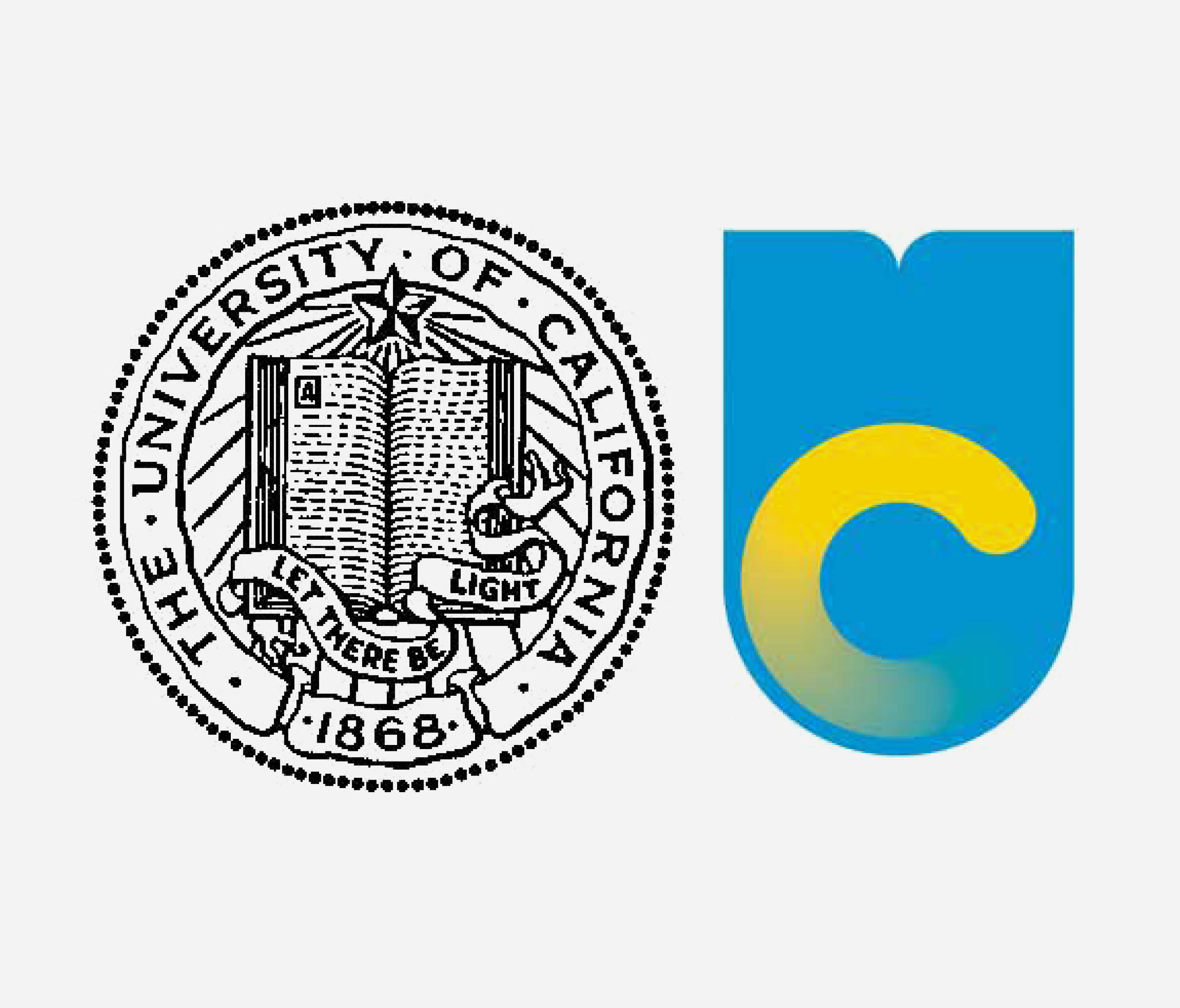Rethinking Brand Identity After a Merger: A Visual History
With M&A activity at record levels, marketing thought leadership is abuzz with tips and tricks for maximizing the effectiveness of brand mergers. Such pieces often center on how to align corporate cultures and boost internal engagement. Without a doubt, these are vital issues that demand consideration. But is today’s culture craze sidestepping…



